Traditional Orthodontics – San Ramon, CA
A Time-Tested Technique for Straightening Smiles
If your child is suffering from gapped, crooked, or overcrowded teeth, then they could probably benefit from traditional orthodontics. Your pediatric orthodontist at Gale Ranch Pediatric Dentistry & Orthodontics of San Ramon can provide a time-tested technique for straightening smiles with standard braces. This treatment allows for more control and a wider range of motion than other solutions so that no matter the condition of your little one’s grin, they can help improve it. If you’re not sure whether this is the best treatment for your child, continue reading to learn more about how they work and who they can help. If you have additional questions, please contact us so we can provide more information or schedule a consultation.
Why Choose Gale Ranch Pediatric Dentistry & Orthodontics of San Ramon for Traditional Orthodontics?
- Friendly, Board-Certified Orthodontist
- Digital Impressions & Imaging For Enhance Patient Comfort
- Insurance Accepted & Flexible Financing Available
How Do Traditional Orthodontics Work?
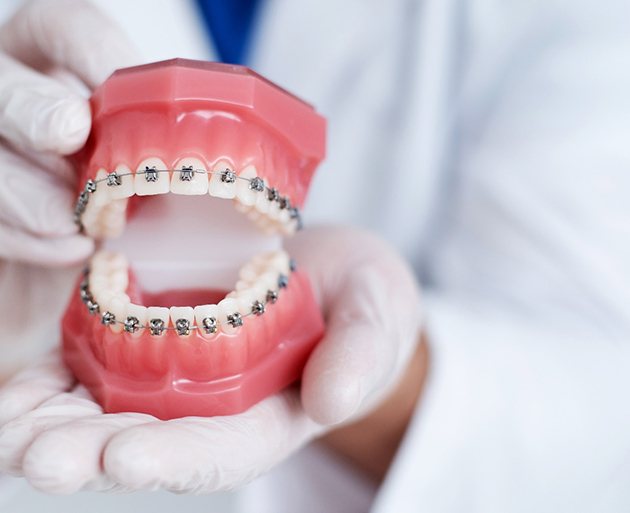
Although we tend to think of our teeth as immovable structures in our mouths, the truth is that they’re attached to the jaw with tiny ligaments that have a natural capacity for movement. Traditional braces use metal brackets that are bonded to the front of each tooth and connected with a special archwire. Together they exert enough pressure to shift your kid’s teeth into the correct alignment. Typically, the process takes longer than 12 months to complete depending on their unique needs. In some cases, additional accessories like elastics and retainers are also used to ensure their smile is perfectly straight.
What Orthodontic Issues Can Braces Fix?
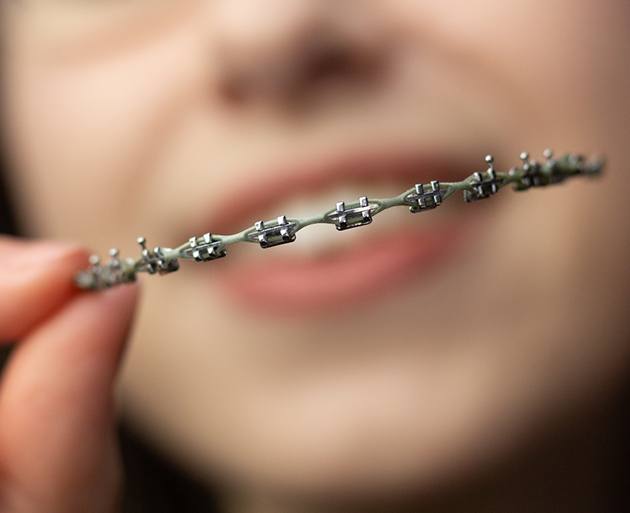
Before your child can get braces, they’ll need to have a consultation with one of our experts to determine whether it’s the best solution for them. One of our orthodontists will examine their mouth and make a recommendation based on their findings. Braces are great at addressing certain situations such as:
Bite Misalignment
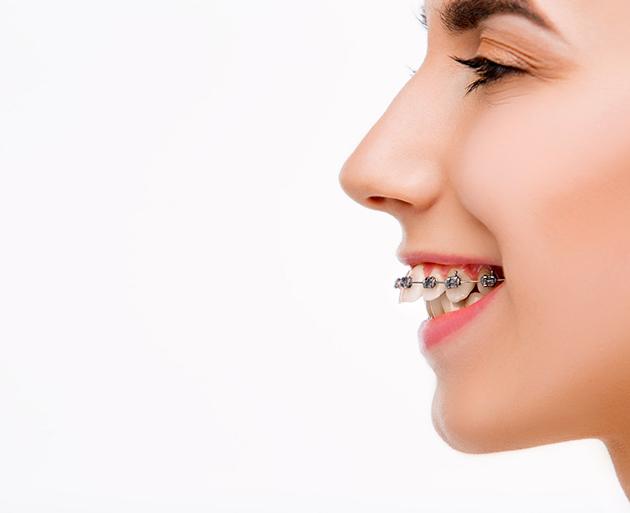
If your kid has an overbite, underbite, or crossbite then traditional orthodontics can help. When their teeth don’t come together properly, they could develop other issues like temporomandibular joint disorder (TMD) that causes a stiff or locked jaw. Plus, their teeth will sustain uneven wear and tear from frequent chewing which makes them more vulnerable to injury like chips, cracks, or breaks.
Crowded & Crooked Teeth
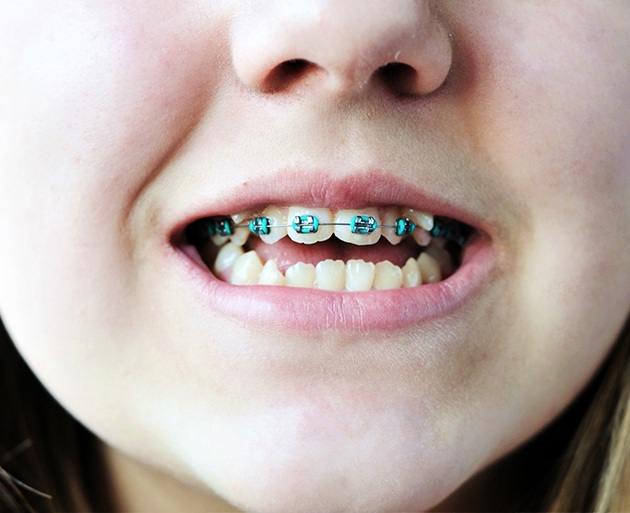
Having crooked, uneven, or overlapping teeth can impact more than your child’s appearance. It’s also detrimental to their oral health because it’s harder to keep them clean. When they can’t reach all their surfaces through brushing or flossing, then harmful bacteria can flourish and cause problems like cavities and/or gum disease.
Gapped Teeth
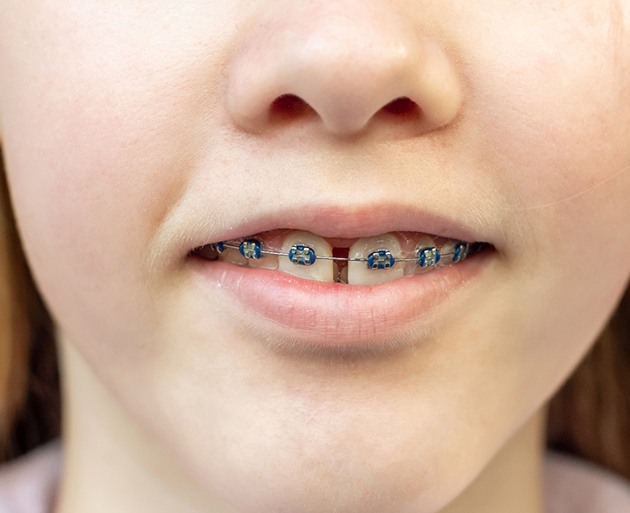
Wider spaces between your youth’s teeth can be both frustrating and harmful. It can make them feel self-conscious about their smile as well as easily trap bits of food. They’re more likely to develop dental issues as a result. Closing the gaps helps protect their gums and prevent disease and decay.
Caring For Braces
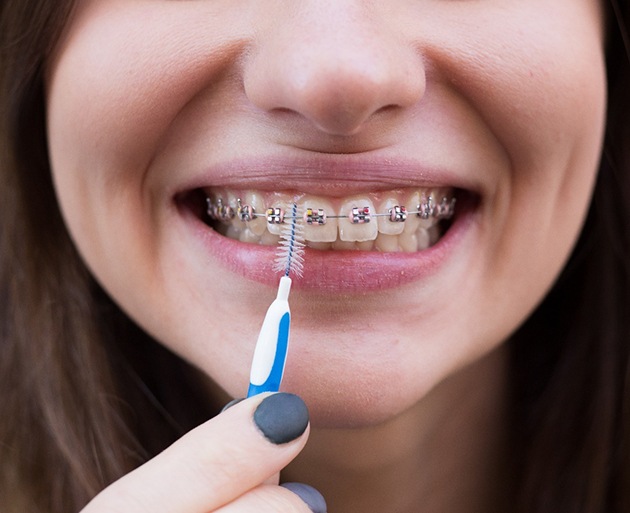
It’s important that your child properly maintains their braces so that they can continue to make the most of them. Some helpful tips to keep them in good shape include:
- Consistent cleaning. You should encourage your kid to brush and floss your teeth twice daily to remove bacteria and plaque buildup.
- Use flossers. To clean around and under the brackets, have them use specialized flossers that can reach between them.
- Watch what they eat. Do your best not to offer them hard, sticky, or sugary foods and drinks that can physically damage the brackets.
- Don’t use teeth as tools. Kids often rip open packages with their teeth, but this can harm them as well as their orthodontics.
- Maintain routine visits to your pediatric orthodontist. When you keep up with standard appointments, our team can spot any areas of concern and address them before they progress.

